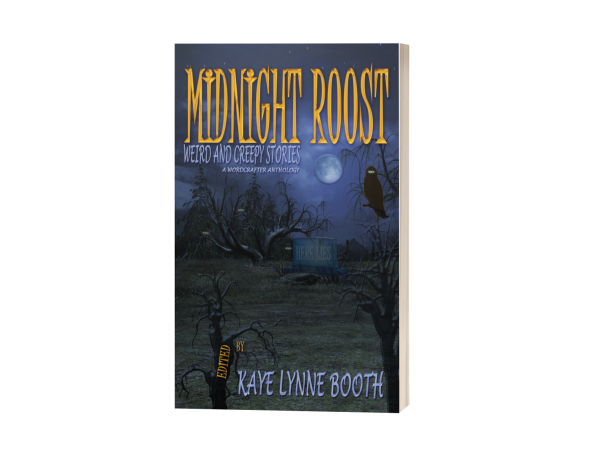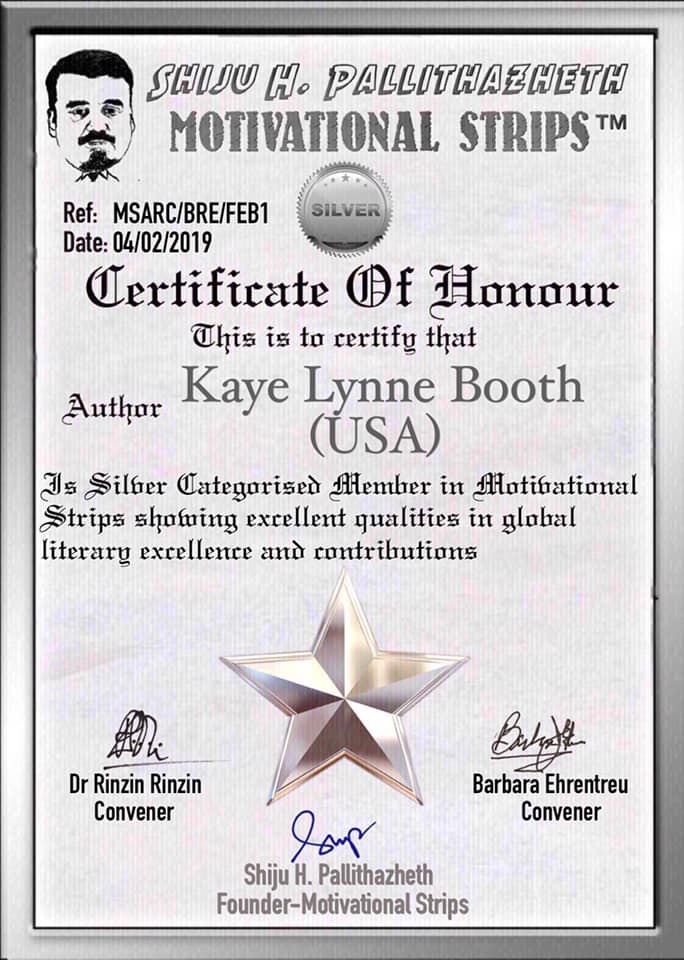Growing Bookworms: Handwriting skills for children, Part 2
Posted: July 14, 2021 Filed under: Education, Growing Bookworms, Literacy, Reading, Teaching Writing, Writing, Writing Tips | Tags: Growing Bookworms, Handwriting, Robbie Cheadle, Teaching Writing, Writing to be Read 61 Comments
Last month, I discussed the reasons why handwriting is still important for both children and adults. You can read that post here: https://writingtoberead.com/2021/06/09/raising-bookworms-handwriting-skills-for-children-part-1/
Today, I am going to focus on strategies to improve handwriting.
The age of the child determines the best strategies for improving handwriting.
For a beginner writer in the early grades, the following strategies are useful to help children practice their handwriting and gain confidence with writing:
Make handwriting fun
There are a few ways you can make practicing handwriting more fun. You can give your child a fun or special pencil to use to practice writing. A stripped one or a pencil covered in flowers or cars. You can also play simple games that involve writing like hangman, word puzzles and anagrams.
I started writing the Sir Chocolate series of books with Michael to help him improve his handwriting. He used to write out the stories as we made them up. He tried very hard to write nicely in these little books we created.
Develop fine motor skills
Developing your child’s fine motor skills by drawing and painting, playing with play dough, cutting, threading, sand play, lego and building blocks are all great ways of encouraging children to manipulate small objects.
Correct pencil grip
Make sure your child is holding the pencil in a pincer grip and also using both hands to control the paper.
Here is a fun video song to help children with the correct pencil grip:
The correct equipment
Some children struggle to hold a regular pencil and do better with a shorter, smaller, or kid-sized pencil. Give your child an eraser so that s/he is confident and not afraid of making mistakes.
Use writing everywhere
You can practice handwriting in lots of fun places. You can write in the sand on the beach or on a foggy window or mirror. You can write in chalk on the driveway and you can even write on fondant with an edible ink pen.
About Robbie Cheadle

Robbie Cheadle is a South African children’s author and poet with 9 children’s books and 1 poetry book.
The 7 Sir Chocolate children’s picture books, co-authored by Robbie and Michael Cheadle, are written in sweet, short rhymes which are easy for young children to follow and are illustrated with pictures of delicious cakes and cake decorations. Each book also includes simple recipes or biscuit art directions which children can make under adult supervision.
Robbie has also published 2 books for older children which incorporate recipes that are relevant to the storylines.
Robbie has 2 adult novels in the paranormal historical and supernatural fantasy genres published under the name Roberta Eaton Cheadle. She also has short stories in the horror and paranormal genre and poems included in several anthologies.
Robbie writes a monthly series for https://writingtoberead.com called Growing Bookworms. This series discusses different topics relating to the benefits of reading to children.
Robbie has a blog, https://robbiesinspiration.wordpress.com/ where she shares book reviews, recipes, author interviews, and poetry.
Find Robbie Cheadle
Blog: https://www.robbiecheadle.co.za/
Blog: robbiesinspiration.wordpress.com
Twitter: BakeandWrite
Instagram: Robbie Cheadle – Instagram
Facebook: Sir Chocolate Books
_____________________________________________________________________________________________________________________
Want to be sure not to miss any of Robbie’s “Growing Bookworms” segments? Subscribe to Writing to be Read for e-mail notifications whenever new content is posted or follow WtbR on WordPress.

















Love the idea of making it fun! It helps us enjoy our own progress which helps grow confidence.
LikeLiked by 2 people
Hi Annette, I think making it fun does help. I did manage to get Michael writing and interestingly enough, he write his stories by hand in a note book.
LikeLiked by 2 people
I wonder if those skills would transfer to learning to write with your non-dominant hand, or if you can just never be as good with it. I’m guessing the skills are transferable, at least to a point. I’m just curious to what point. (Can you tell I don’t have young kids around, so I’m extrapolating for my adult self?)
I’ll get to try this with a grandchild soon enough. 🙂 Thanks, Robbie.
LikeLiked by 3 people
There are studies done with stroke patients where they have re-trained them to use their affected (paralized) limbs by restraining their good limbs and forcing them to use the affected side. If they can re-train a paralized hand to write, I imagine you could train your non-dominant hand in a similar way. As with anything, with enough practice, I imagine you could probably be very skilled at it, and I believe the same methods Robbie mentions here would be effective ways to practice, practice, practice.
Thanks for reading and commenting, Staci. 🙂
LikeLiked by 2 people
Fascinating. (Now I wonder if more practice would make my dominant hand neater…)
LikeLike
Hi Kaye, this is very interesting and supports what I said above. You can train a non-dominant hand to write and that is what people did in the past; forced left handed people to write with their right hand.
LikeLiked by 2 people
That’s what happened to me as a child. I maintain that’s why my handwriting isn’t what you’d call lovely. (I also question the term “dominant hand” as that varies for me depending on the activity.) Like I said, this is fascinating.
LikeLiked by 3 people
Hi Staci, I had to write with my right hand at school instead of my left hand which was more natural for me. My writing is very tidy and pretty but it is not very legible. With practice, I can write just as well with my left hand but could never revert back now I don’t think.
LikeLiked by 2 people
My mom switched me from left to right when I was young. If I take my time now, I can write legibly (right-handed, I mean), but if I’m in a hurry, it’s a mess. And there are some activities I always did left-handed (golf, gymnastics). Others, I do equally well with either hand. My brain isn’t sure which is my dominant hand anymore. But I can’t write with my left hand. I’d love to learn. My daughter, who is left-handed, assures me I wouldn’t. She constantly complains about smeared letters and spiral-bound notebooks. And I can see her point.
It’s all interesting to me, regardless.
LikeLiked by 2 people
I am the same Staci; ambidextrous. I can switch fairly easily from hand to hand with many things like sport [although I’m not a great tennis or squash player], eating utensils, and other things. I think you would find you could write with your left hand if you gave it a go.
LikeLiked by 2 people
Hi Staci, I knew of a person who was left-handed. At the time, it was not acceptable by the family and he was trained to write and do some activities with his right hand, but when he did things on his own (since being a child), he used his left hand. As a result, he used both hands depending on the activities as you referred to in a later comment.
As I looked back at some of my older granddaughter’s photos at 15 months old, she used her left hand to hold the spoon. Later on, we put a spoon, fork, paintbrushes on her right side without thinking. She used her right hand.
We (my daughter and son-in-law) are not forcing her to use her right hand and let her pick up things with whichever hand at the moment. As I observed, she used both hands interchanging.
We continue to observe her and let her do it naturally. She is now two months before four years old.
LikeLiked by 1 person
Reblogged this on Robbie's inspiration and commented:
I am over at Writing to be Read with my monthly Growing Bookworms post. This month I am sharing strategies for improving writing. Thank you to Kaye Lynne Booth for hosting me.
LikeLiked by 1 person
My pleasure, Robbie. 🙂
LikeLike
I also love the idea of fun based teaching. Improving fine motor skills is so important for children. Thank you very much for this series, Robbie! Have a nice rest of the week! xx Michael
LikeLiked by 2 people
Hi Michael, I am glad you enjoyed this post and the tips I’ve shared. It is quite hard work to teach children how to write and these strategies certainly help.
LikeLiked by 2 people
French schools have always concentrated on writing skills but sadly not English Schools and since teachers, especially those who are left-handed, rarely hold a pencil correctly neither do many children. I did go to a school where JK Rowling had been head girl and most had really pleasant handwriting – so yes, it can be done and making it fun it great.
LikeLiked by 2 people
Hi Barbara, our teachers were very hot on pencil grip when I learned how to right, but that is a long time ago. My sons were both taught to write properly and had a lot of help with their writing skills, especially Michael.
LikeLiked by 1 person
they were in my day too, Robbie and should be again. I have recently seen some terrible handcraft especially left hand when they write upside down.
LikeLiked by 1 person
As someone who feels the art of handwriting will eventually be lost, I love this post. Making it fun is a key to success. Great post, Robbie!
LikeLiked by 2 people
Hi Jill, I hope the art is not lost, it would make us so reliant on technology. What happens if the technology fails? I’m glad you enjoyed this post.
LikeLiked by 1 person
Excellent advice for children to write, Robbie. My Dad was a dab hand at calligraphy and,as a child, I wanted to emulate him..When I later received my Pitman’s Hand-writing Certificate I was over the moon. Writing often sows the seed.to do more and encourages and ignites the love of words.Well done you. Hugs xx
LikeLiked by 2 people
Hi Joy, how nice to hear you mention Pitman. I never did a handwriting examination but I did Pitman shorthand and typing. It was considered to be the best certificate you could get when I went to collage in 1990. I agree that learning to write is important and I do a lot of my poetry writing by hand.
LikeLiked by 1 person
I’m wondering if school children question why they’re being asked to learn handwriting when when they could just use a computer or tablet.
LikeLiked by 2 people
Hi Liz, of course they do. My sons both asked why it is necessary. I told them that you have to learn to do things yourself before you do them on a machine. Digitalisation has not extended to everything and what happens if the power goes off because there is a catastrophe. If you can’t write you are half illiterate.
LikeLiked by 2 people
You make a good point. We’re at the mercy of our devices if the battery dies or the power goes out.
LikeLiked by 1 person
I agree that it’s important for children to learn to write by hand. I don’t think it will ever be entirely replaced by keyboards or dictation, although I do precious little of it most days.
LikeLiked by 2 people
Hi Norah, it is true that we don’t write that much but it is still important to write. We do use it sometimes and as I’ve mentioned before, what happens if technology fails because there is a natural disaster like a sun spot.
LikeLiked by 2 people
Oh yes, I agree, Robbie. I’m sorry you thought I was disagreeing.
LikeLiked by 2 people
I knew you were agreeing [smile].
LikeLiked by 2 people
😊
LikeLiked by 1 person
Robbie, these are some creative tips for making writing fun for kids. Perhaps I should use them on myself! When I worked (back in the olden times) my co-workers used to tell me they could always tell when a note was from me, as they couldn’t read it. Thanks for the great advice for kids!
LikeLiked by 2 people
Hi Maura Beth, I am pleased you liked these strategies. I did everything I could with my sons to encourage them to embrace reading and writing. The both read and can write nicely so I feel I did achieve success.
LikeLiked by 1 person
All good tips. I don’t know how much teachers concentrate on this anymore. As a tech teacher, I started on keyboarding as soon as possible.
LikeLiked by 2 people
Hi Jacqui, here in South Africa teaching children to write is a very big deal still. The same goes for reading. It makes sense that for a tech teacher your focus would be a keyboard. This is your role in the teaching world and it is a vital one too. During the riots this week in SA, 32 schools have been looted and burned down. It just bogles my mind that people can be so selfish and short sighted as to destroy their own children’s places of learning.
LikeLiked by 2 people
Me, too. I don’t know what they’re thinking but it’s international. Portland Oregon–the rioters have ruined that once-great city.
LikeLiked by 2 people
What a shame, Jacqui.
LikeLiked by 2 people
I agree that there are many benefits to learning how to write and developing our fine motor skills.
I’ve never felt that I hold a pen or pencil the right way, so I was curious what the video would show. I watched the video twice, and I never really saw a pencil in someone’s hand…
LikeLiked by 2 people
No, you are right, it is more explaining the technique. There is a great video that shows a pencil in the demonstrator’s hand but I couldn’t share it. The distribution rights don’t allow it. You could take a look if you are interested. There is lots of advice on pen/pencil grip out there.
LikeLiked by 2 people
I’ll take a look, although at this point, it may be too late to change my pencil grip!
LikeLiked by 1 person
You have great points, Robbie. Autumn started writing for fun, with a paintbrush on paper, or a stick on sand. She can write her name.
She knows all the alphabets, primary and secondary colors, and counts to 29. She sings with the right pitch (I’m so happy). When she sings, Nora claps her hands! 🙂
LikeLiked by 2 people
HI Miriam, I have no doubt that Autumn and Nora will have lots of help with reading and writing and will learn to love both. The attitudes of the caregivers of children towards these things makes a massive difference. There is no culture of reading in South Africa and it shows clearly in our academic results in the government schools.
LikeLiked by 1 person
I sure would have tried these with my boys, Robbie. My oldest is like his dad and only prints now, other than his signature. My younger son has horrible handwriting – just like mine, lol.
LikeLiked by 2 people
My handwriting is beautiful but illegible and I always have to tell my mom and dad what I’ve written. Greg has gorgeous handwriting and gets many accolades for it, especially as he attends an all boy school. Michael’s isn’t bad now, we have practiced very hard, but he really struggles with spelling because of his learning barrier so uses a computer more often to write. He then uses spell check. My own spelling is atrocious. Boys often have poor handwriting.
LikeLiked by 2 people
This was great. I’m going to try these ideas with my kids. They love play dough and toddler goop at the moment. 🙂 It creates such a mess but they are so happy and can play with it for hours on end.
LikeLiked by 2 people
I used to put a couple of plastic dustbin bags on the floor for my kids to work on. It really helped to contain the mess. Outside, the boys used to have amazing sandpit parties with their friends. They used to run the hosepipe and make a swamp. I used to wash them afterwards in a bucket of warm water.
LikeLiked by 2 people
Thanks for the suggestions. Will definitely try them out.
LikeLiked by 2 people
[…] Head over to find out how to make handwriting fun for your children and grandchildren: Handwriting Skills for Children Part 2 […]
LikeLiked by 1 person
Thanks for sharing, Sally.
LikeLiked by 1 person
Great tips, Robbie. My grandson doesn’t write enough with his keyboard and voice recognition programs doing a lot of the work. I love the idea of writing in the sand or making t-shirts. Plus those word games. Thanks for sharing!
LikeLiked by 2 people
Hi Diana, I am glad you found these ideas helpful. Michael was a reluctant writer but now he doesn’t mind it. Our children need to learn to struggle through these essential skills of reading and writing and find pleasure in their achievements at the end of the road. Learning that some skills require effort and practice is very good for them, aside for the other benefits.
LikeLiked by 2 people
I agree!
LikeLiked by 2 people
Fabulous tutorial for children’s learning Robbie. And making learning fun is key for kids. ❤
LikeLiked by 2 people
Hi Debby, lovely to see you. I am glad you enjoyed this post.
LikeLiked by 2 people
❤
LikeLiked by 2 people
Great post, Robbie! There will always be a place for writing. One of the keys to any handwriting program is the utilization of tactile techniques and variety. Cursive handwriting is introduced in third grade in our schools, but any practice will help improve fine motor skills, which will help children in many areas of life.
LikeLiked by 2 people
Hi Pete, thank you for adding your experience with teaching childing to write. I am pleased to know cursive writing is still taught in the USA. It is taught in the schools here too.
LikeLiked by 2 people
Superb suggestions, Robbie, for handwriting skills without tears! Your boys will benefit throughout their lives from being able to write comfortably and legibly.
LikeLiked by 2 people
Hi Alex, I think my sons will benefit from their writing skills. Thank you for visiting and commenting.
LikeLiked by 1 person
Your handwriting post is spot on, Robbie!
LikeLiked by 2 people
Thank you, Jennie.
LikeLiked by 2 people
You’re welcome, Robbie.
LikeLiked by 3 people